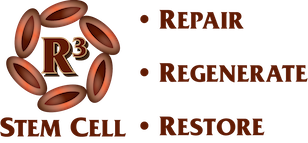FAQs on Regenerative Medicine
Regenerative medicine involves therapy with autologous regenerative cells that allow the body to heal itself. This therapy uses the body’s own regenerative abilities and allows cells to be harvested from adipose (fat) tissue or bone marrow. With increased degradation or loss of regenerative ability, the injection of stem cells can restore balance after a loss of regenerative ability.
